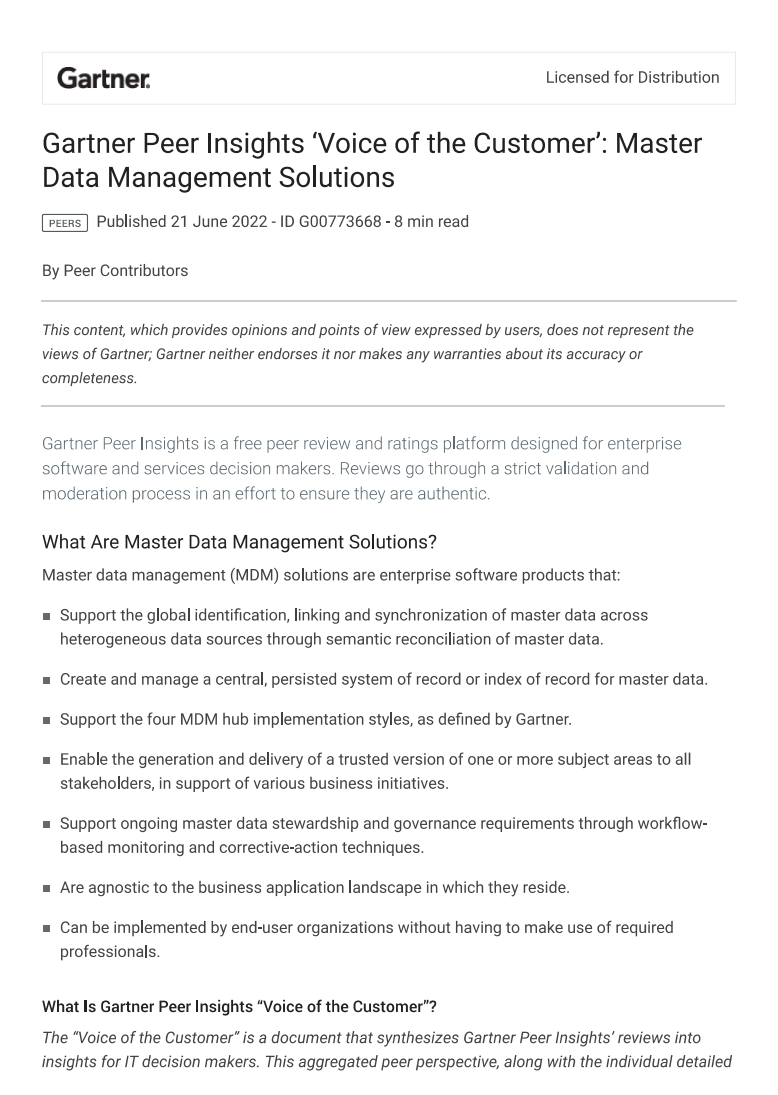Generative AI has had "no material impact" on IT spending
2025 could be a watershed year for generative AI-related IT spending


Generative AI has yet to have a “material impact” on broader IT spending, according to new analysis from Gartner.
The consultancy expects global IT spending to increase by 8% across 2024, reaching a total of $5.1 trillion. This marks a sizable increase on both 2022 and 2023 growth rates, Gartner said.
However, despite a surge in interest and spending on generative AI among businesses globally, Gartner said the technology is yet to prompt any significant increases in the short term.
The consultancy does expect this to change in 2025, however, as more tangible business use-cases and heightened investment in the technology continues to increase.
“In 2023 and 2024, very little IT spending will be tied to generative AI,” according to John-David Lovelock, distinguished VP analyst at Gartner.
While the relative immaturity of generative AI means that firms won’t immediately alter IT budgets to accommodate for the technology, Lovelock noted that many are still investing in broader AI and automation strategies to optimize efficiency.
This sharpened focus on automation is, in part, being driven by a growing interest in generative AI and a belief that early investment in AI and automation will underpin any future generative AI strategies.
Get the ITPro daily newsletter
Sign up today and you will receive a free copy of our Future Focus 2025 report - the leading guidance on AI, cybersecurity and other IT challenges as per 700+ senior executives
“Organizations are continuing to invest in AI and automation to increase operational efficiency and bridge IT talent gaps,” he said.
“The hype around GenAI is supporting this trend, as CIOs recognize that today’s AI projects will be instrumental in developing an AI strategy and story before GenAI becomes part of their IT budgets starting in 2025.”
Interest in generative AI remains high
Since late 2022, businesses globally have been exploring the potential use-cases and operational benefits of generative AI tools, with major industry players such as Microsoft, Google, and Amazon all investing heavily in the technology.
So far this year, the number of organizations using generative AI tools has surged rapidly, according to previous research from Gartner.
A poll of more than 1,400 executives in October found that over half of firms are now using generative AI in pilot schemes (45%) or full production (10%).
This marks a significant increase compared to March 2023, in which just 15% and 4% respectively were piloting or using the tech in production.
RELATED RESOURCE

World-record performance for AI and ML
This whitepaper shares industry-standard benchmarks for server performance.
There are warning signs ahead for organizations exploring generative AI, however.
Recent analysis from CCS Insight predicted that generative AI could experience a “cold shower” in 2024 due to the prohibitive costs associated with the technology.
The cost of training ever-larger models was highlighted as a key financial hurdle for many businesses by CCS Insight.
Training and implementing generative AI tools is a costly process that even industry heavyweights such as OpenAI have grown concerned about in recent months.
The Microsoft-backed tech firm recently began exploring the prospect of acquiring an existing semiconductor company to bolster chip supplies and support future growth.

Ross Kelly is ITPro's News & Analysis Editor, responsible for leading the brand's news output and in-depth reporting on the latest stories from across the business technology landscape. Ross was previously a Staff Writer, during which time he developed a keen interest in cyber security, business leadership, and emerging technologies.
He graduated from Edinburgh Napier University in 2016 with a BA (Hons) in Journalism, and joined ITPro in 2022 after four years working in technology conference research.
For news pitches, you can contact Ross at ross.kelly@futurenet.com, or on Twitter and LinkedIn.
-
 Should AI PCs be part of your next hardware refresh?
Should AI PCs be part of your next hardware refresh?AI PCs are fast becoming a business staple and a surefire way to future-proof your business
By Bobby Hellard
-
 Westcon-Comstor and Vectra AI launch brace of new channel initiatives
Westcon-Comstor and Vectra AI launch brace of new channel initiativesNews Westcon-Comstor and Vectra AI have announced the launch of two new channel growth initiatives focused on the managed security service provider (MSSP) space and AWS Marketplace.
By Daniel Todd
-
 More than half of firms now using generative AI
More than half of firms now using generative AINews Nearly half of firms are now using generative AI tools in full production, compared to just 4% in March
By Rory Bathgate
-
 Gartner urges CISOs to adopt new forms of trust and risk management for AI
Gartner urges CISOs to adopt new forms of trust and risk management for AINews CISOs will need to deploy new strategies for best-case implementations of AI
By Rory Bathgate
-
 AI security tools see mounting investment as businesses scramble to mitigate generative AI’s issues
AI security tools see mounting investment as businesses scramble to mitigate generative AI’s issuesNews Generative AI providers don't currently have the confidence of business leaders when it comes to sending sensitive data to their clouds
By Rory Bathgate
-
 Software engineers must embrace generative AI or risk job progression, Gartner says
Software engineers must embrace generative AI or risk job progression, Gartner saysNews Leaders will be expected to embrace more nuanced skills related to generative AI as its popularity builds
By Ross Kelly
-
 AI chips revenue to reach $53 billion in 2023, Gartner predicts
AI chips revenue to reach $53 billion in 2023, Gartner predictsNews Demand for customized AI hardware is driving huge growth in the market
By Rory Bathgate
-
 Gartner peer insights: Voice of the customer
Gartner peer insights: Voice of the customerWhitepaper Master data management solutions
By ITPro
-
 Gartner urges CIOs to consider AI ethics
Gartner urges CIOs to consider AI ethicsNews A new report says CIOs must guarantee good ethics of "smart machines" in order to build trust
By Caroline Preece
-
 Gartner big data research suggests growing IT director interest
Gartner big data research suggests growing IT director interestNews Market watcher cites competitive fears and greater understanding as reasons for growing interest in big data.
By Caroline Donnelly
